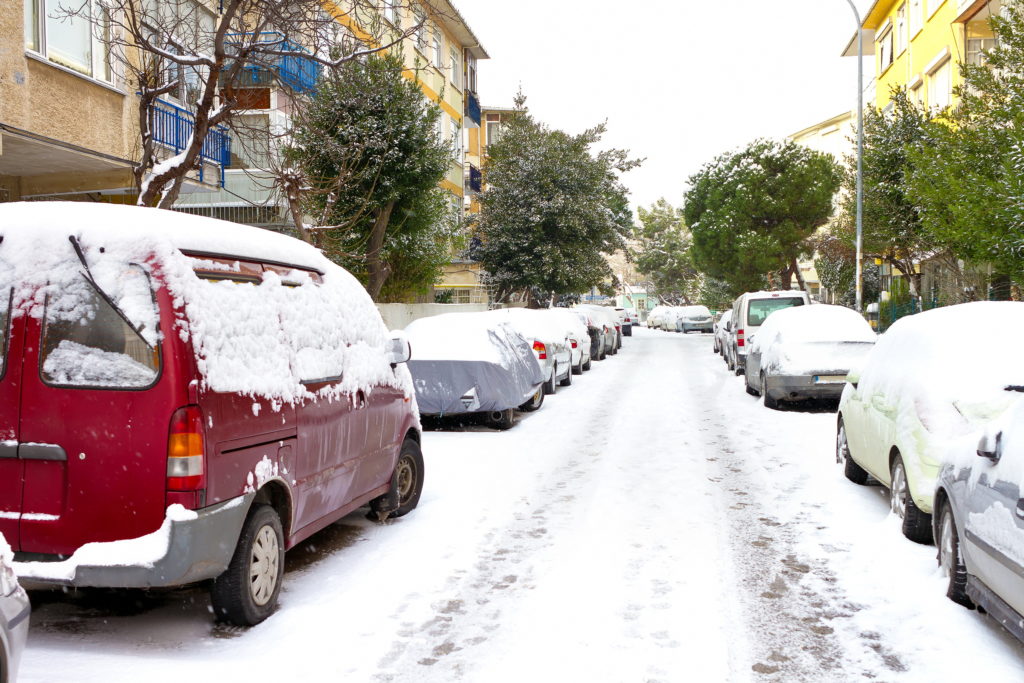
Icicles hanging from the roof may be a beautiful part of a winter wonderland – but if ice dams form, they can be expensive for homeowners. Ice dams form when warm air from the inside of your home melts snow on your roof, which then refreezes at the eaves, creating a dam. As melting and freezing continue, water pools behind the dam and could eventually leak into your home, resulting in costly water damage. So while everyone loves a good snowball fight, ice dams are one battle you don’t want to be fighting. Protect your roof and your wallet this winter by taking the necessary steps to prevent ice dams from forming.
Ice dams can be a real headache for homeowners. Not only do they look unsightly, but they can also cause serious damage to your roof and home structure. Without proper insulation, warm air from inside the house leaks into the attic and melts snow on the roof. This melted snow then refreezes at the colder eaves — creating an ice dam — which forces its way under the shingles and finds holes in the roof decking. Suddenly you’ve got water dripping into your attic! So if you want to avoid this nightmare scenario (or one even worse!), make sure that your home is properly insulated. It could save you tons of trouble – and money! – down the line.
- Increase attic ventilation through the use of soffit, gable, and ridge vents to help circulate air through the attic, ensuring a consistent temperature.
- Examine your insulation to make sure it’s not blocking the vents, and check its depth.
- Prevent heat from escaping into your attic by ensuring all attic ducts are sealed and properly insulated, and any exhaust fans lead outdoors, not to the attic.
- Consult a professional if your attic is a living space, you need vents installed, or insulation added.
It’s important to take steps to prevent ice dams from forming in the first place. One of the best ways is to make sure your attic insulation is adequate and properly installed. Keeping the bottom couple of feet of roof and gutters clear of snow can help minimize ice dam formation, but it’s not a foolproof solution. If you do find yourself with major ice dams, DO NOT attempt to remove them yourself or get up on your roof. Instead, call for a professional with experience in removing ice dams safely and effectively—just be sure to ask about their methods first, as chipping or sawing away at the ice can cause damage to shingles! Prevention is key when it comes to avoiding costly repairs down the line.
Don’t let a winter of ice dams lead to winter blues. If you notice water damage or leaks coming into your home, acting quickly is key. Contact your insurance provider as soon as possible and review your plan’s coverage for ice dam damage. While many policies have this protection, there could be exclusions, so it’s important to double-check. With a little bit of research, you can keep winter worries at bay. Visit the U.S. Department of Energy for more information about how much insulation you need.
